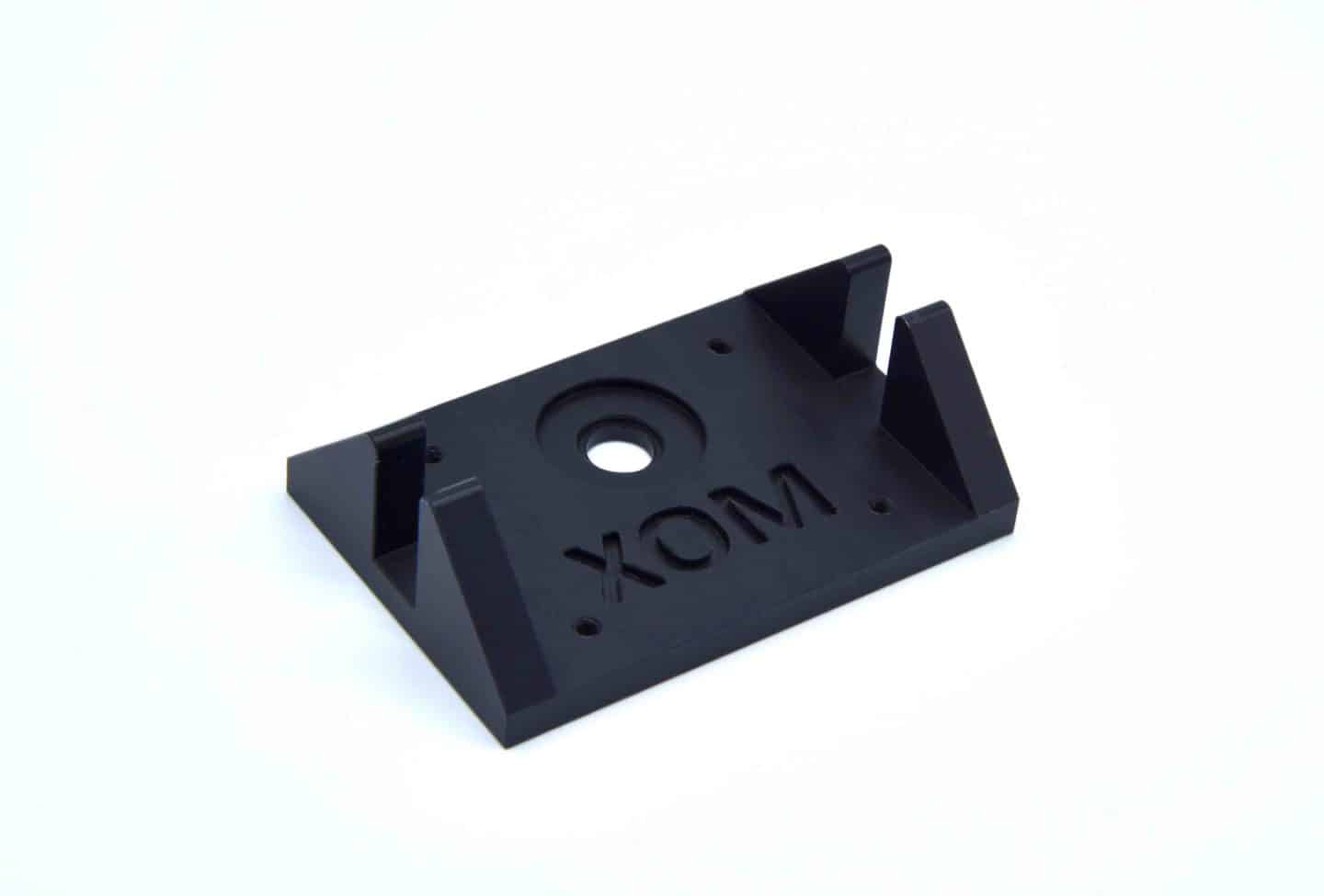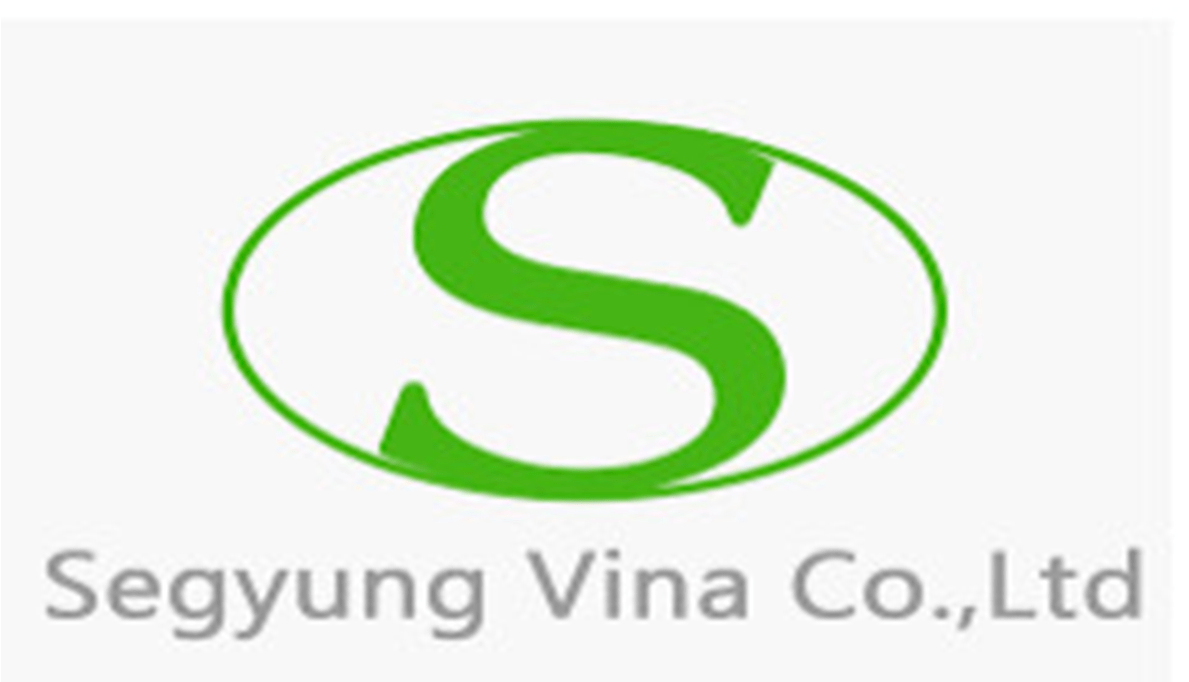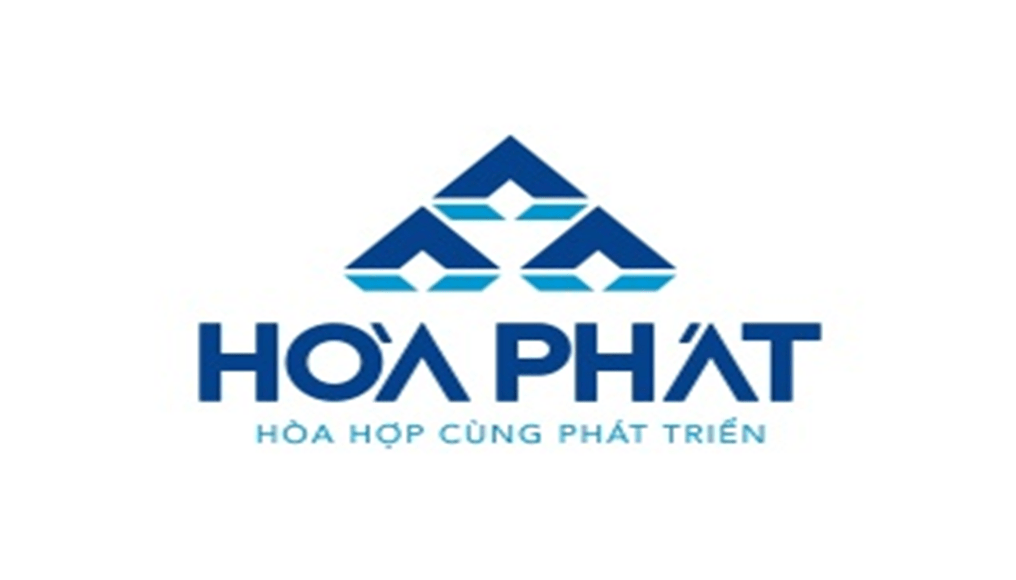Choosing right tolerance is essential for any engineering project because it determines its future application possibilities, lead time, and price.
Designers and engineers add tolerances to the drawing specifications to ensure that the size and geometry of the features on component parts are controlled. However, adding tolerances to every single feature of a part can be time consuming and inefficient. That’s why the use of certain standardised tolerance values is a regular practice nowadays (read more about tolerances in CNC Machining).
In Europe and many other parts of the world, these values are defined by ISO tolerance standards. These standards stipulate tolerance values for different part geometries and are further divided into classes and grades with different levels of quality.
Tolerance standards often reduce the work of designers. Instead of calculating tolerances for every geometry and feature in a model, they can simply make use of the standard that matches their desired quality level.
Tolerance Standards Used in Europe
Tolerance standards vary depending on the manufacturing processes. For example, the most common tolerance standards that are used by engineers in Europe for subtractive manufacturing (e.g. CNC machining) are defined by ISO 2768 and ISO 286. At Xometry we offer 5 options:
- ISO 2768 – Fine
- ISO 2768 – Medium
- ISO 286 – Grade 6
- ISO 286 – Grade 7
- ISO 286 – Grade 8
The main difference between ISO 286 and 2768 is that ISO 2768 covers general tolerances ranges for linear and angular dimensions, ISO 286 covers general tolerances ranges for cylinders and opposite parallel surfaces, for example, for shaft and hole systems. These tolerance standards can be used in parallel to each other, if the design has the features that both of them cover.











